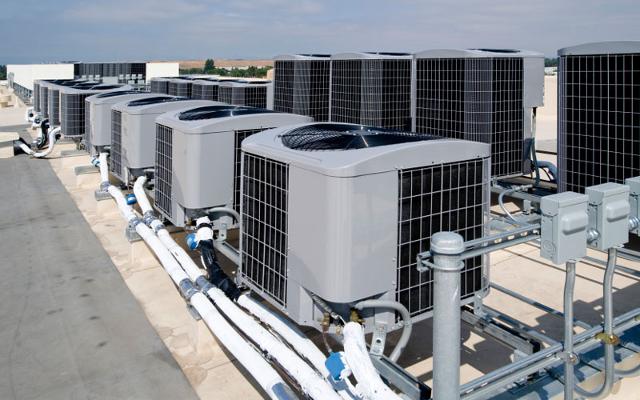
A new refundable tax credit was passed into law on June 9, 2022, in Bill C-8.
The Federal government introduced it to encourage small businesses to invest in better ventilation and air filtration to improve indoor air quality in their business locations as part of responding to COVID-19.
A corporation can claim the credit only if it is a Canadian-controlled private corporation (CCPC), and its “taxable capital” under the Income Tax Act for the preceding taxation year, including that of any associated corporations, is less than $15 million. Corporations other than these CCPCs cannot claim the credit.
The credit can be claimed by individuals carrying on business (but not trusts). It can also be claimed by individuals and eligible CCPCs that are members of a partnership carrying on business.
Currently, the credit is available for expenditures made or incurred from September 2021 through December 2022.
But the credit can be claimed only in a taxation year that ends after 2021. For individuals, this means they can claim it on their 2022 return. For a CCPC, the taxation year could be different than the calendar year. For example, if the CCPC has a March 31 taxation year end, it can claim the expenditures incurred from September 2021 through March 2022 on its return for the taxation year ending on March 31, 2022, and any expenditures after that for the year ending on March 31, 2023.
In general terms, the credit equals 25% of the taxpayer’s “qualifying expenditures”, and more specifically its “total ventilation expense” for the year. There is a $10,000 expenditure limit per location in which the business is carried on. If there are multiple locations, the $10,000 limit applies to each location, with an overall limit of $50,000 for all locations.
In the case of corporations, the dollar limits must be shared amongst affiliated corporations (“affiliated” is defined in the Income Tax Act and is a fairly complex definition).
The qualifying expenditures must be reasonable and intended primarily to increase outdoor air intake or to improve air cleaning. The Income Tax Regulations and the Department of Finance indicate that the expenditures include:
- expenses directly attributable to the purchase, installation, upgrade, or conversion of mechanical heating, ventilation and air conditioning (HVAC) systems, as well as the purchase of devices designed to filter air using high efficiency particulate air (HEPA) filters, the primary purpose of which is to increase outdoor air intake or to improve air cleaning or air filtration.
However, expenses attributable to an HVAC system would be considered qualifying expenditures only if the system is:
- designed to filter air at a rate in excess of a minimum efficiency reporting value (MERV) of 8; or
- designed to filter air at a rate equal to MERV 8 and to achieve an outdoor air supply rate in excess of what is required for the space by relevant building codes. For a system that is upgraded or converted, prior to the improvement the system must have been designed to filter air at a rate equal to MERV 8.
HVAC, HEPA and MERV are technical terms defined in the Income Tax Regulations.
Qualifying expenditures do not include expenses:
- made or incurred under the terms of an agreement entered into before September 2021;
- that are on account of recurring or routine repairs or maintenance;
- that are paid to a non-arm’s length party;
- that are salary paid to an employee of the taxpayer; or
- that are financing costs (e.g. interest on a loan) in respect of a qualifying expenditure.
To claim the credit, the taxpayer must file a prescribed form with their tax return for the relevant taxation year.
